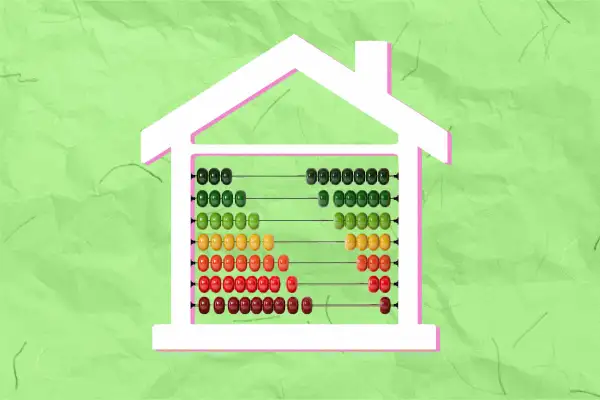Homeowners Are Refinancing Again as Rates Dip. Should You?

Mortgage refinancing is back from the dead — sort of.
As mortgage rates edge down this month, more homeowners are looking to lock in a better rate and lower their monthly payments. Compared to this time last year, mortgage refinance applications have increased 118%, according to the latest reading from the Mortgage Bankers Association. The growth seemed to accelerate recently, with week-over-week applications spiking 35% as of Aug. 9.
The uptick in activity is because mortgage rates finally started to fall in early August after strong signs the Federal Reserve plans to cut benchmark interest rates soon. As Laurie Goodman, a housing finance policy fellow at the Urban Institute, explains, mortgage rates reflect what the markets think the Fed is going to do. In other words, future cuts by the Fed are already getting baked into today’s mortgage rates, which are hovering around 6.5% for a 30-year fixed rate loan.
So when mortgage rates began to fall earlier this month, some homeowners pounced. But Goodman notes that this is a small group of folks who likely purchased their homes last year when rates were at their highest point in decades.
“Remember, at the peak, mortgage rates were getting close to 8%,” Goodman tells Money. “Having an opportunity to lock in 6.5% seems like a good deal relative to that.”
Is it a good time to refinance your mortgage?
Still, the recent surge in refinancing may appear to be bigger than it is, Goodman says.
“Overall, applications are very, very low,” she says. “Being up 118% off of a really low number — is still a really low number.”
While rates are down notably from their peak, a large majority of homeowners already have interest rates lower than today’s rates. So it doesn’t make any sense for them to refinance. According to Urban Institute data shared with Money, over 88% of homeowners with outstanding mortgages have a rate below 6% as of July.
In fact, the largest share of homeowners, 26%, have a rate of 3% or lower. These folks likely refinanced (or purchased) during the pandemic when rates were historically low. At one point in 2021, rates even held below 3% for several months, according to Freddie Mac data. Goodman called this period a “once in a lifetime opportunity.” These folks especially won’t want to refinance for a long, long time — if ever.
However, homeowners typically have a mortgage rate somewhere in the 3% and 5% range. Given where rates are today, they, too, won’t want to refinance for a while. Even the 11% of folks with mortgage rates at 6% and above should carefully calculate whether refinancing any time soon makes financial sense.
Goodman has a very rough rule of thumb: It usually only makes sense to refinance if you can get a new rate at least 0.75 percentage points lower than your current one. For example, if you had a 6.5% mortgage rate, using that rule of thumb, refinancing when rates dip to 5.75% could be a good idea.
While you can technically refinance your mortgage as many times as you want, the reason for this buffer is because refinancing can be costly. There are closing costs — including application, origination and title fees — just like with the original mortgage. They’re cheaper than the original mortgage, Goodman says, but not by much. They still typically total thousands of dollars.
“You have to basically save enough [from the lower mortgage rate],” she says, “to overcome those closing costs.”
More from Money:
8 Best Mortgage Lenders of 2024
'Zombie' Mortgages Are Back With a Vengeance to Haunt Homeowners
'Don't Panic': 5 Tips to Help Homebuyers Cope With High Mortgage Rates


